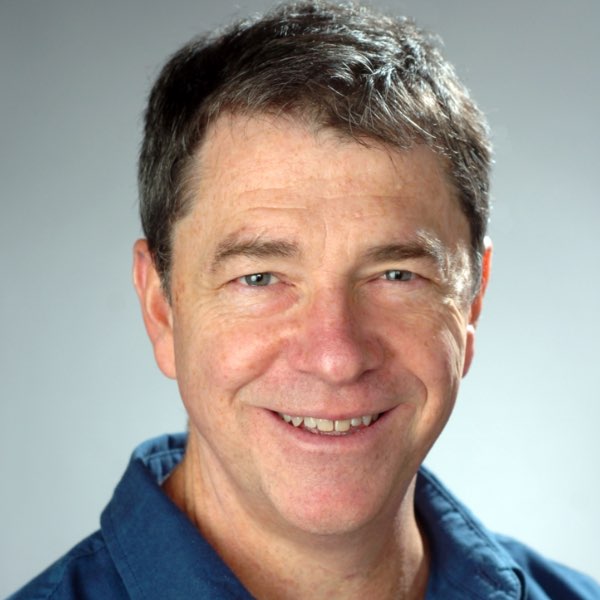We’re at a tipping point; here’s what you can do
Announcement Date: June 2, 2020
The good news is that we don't need to wait for elected officials to lead us

The upheaval across America in the wake of George Floyd’s murder at the hands of a Minneapolis police officer injects new urgency to our need to move beyond partisan soundbites and get serious about transforming the roots of racial conflict and injustice in America.
Sidestepping this difficult conversation now would risk a dangerous new stage of hyper-polarization in the United States; one where the flow of communication between identity groups stops, dehumanization of the other dominates, avenues for constructive change stagnate, and violence is viewed by all sides as a legitimate and necessary tactic to manage conflict. At such a point, the pathway to steep and rapid conflict escalation will open, and any remaining demarcation between the United States and militarized, authoritarian states will be lost.
Sidestepping this difficult conversation now would risk a dangerous new stage of hyper-polarization in the United States.
Two things are needed now: holistic analysis of the roots of the problem and creative and analytically sound interventions to address them. Neither is beyond our reach.
The hardest conflicts in social settings are always driven by the intersection of four forces: inequalities in power; discordant narratives about what is happening and why; incompatible positions about what should be done; and intense emotions, including fear, humiliation, rage, and hatred. Combined, these factors create a perfect storm of intractability where it feels that nothing can be done because everything must be done.
Racial conflict in America is again at that juncture. African Americans and their allies have rightly taken to the street to amplify their message that the system that white America trusts to dispense justice does not work for black America.
Media, lawmakers, and pundits on the right and left tell such divergent stories about the meaning of George Floyd’s death and protests in the aftermath that it feels like they are covering completely different stories. Arguments abound over what is needed: get-tough policies, military deployment, more police training, economic stimulation in marginalized communities, reparations for slavery, redistribution of wealth.
Finally, the emotional turmoil and trauma of the moment make it nearly impossible to imagine how we’ll move to problem-solving without a moment of collective catharsis. None is in sight, especially given the apparent inability of our leadership to engage in collective reflection and healing.
Two things are needed now: holistic analysis of the roots of the problem and creative and analytically sound interventions to address them. Neither is beyond our reach.
The good news is that there is no shortage of good ideas for how Americans can address each of these conflict drivers. A quarter century of research and experimentation in conflict transformation and peace-building has demonstrated the power of numerous tools to de-escalate and transform the structural, cognitive, positional, and emotional variables that feed destructive episodes of conflict.
These include “peace-pushing” tactics of non-cooperation to force more powerful parties to the table, community dialogues that help to reshape our conflict narratives, principled negotiations that move adversaries away from incompatible positions and toward underlying interests and needs, and public rituals that help overcome trauma and fear. Many of these tactics are in use at this moment. More are needed.
Space to sit this one out is shrinking rapidly.
Better still, citizens do not need to wait for elected officials to lead us. Everyone reading this article can contribute to transforming one of these elements. Take a training course on nonviolent tactics. If a dialogue group doesn’t exist in your community, work with religious leaders, schools, or professional groups to build one. Engage in citizens’ diplomacy where you interact across stakeholder groups, build collective agreements for change, and publicize them to show leaders that consensus is possible. Facilitate emotional release by giving space in your communities to grieving, memorialization, and other forms of collective expression.
Space to sit this one out is shrinking rapidly. No matter what side of the political divide you're on, it is not only morally urgent but also in our collective self-interest to act.
Dr. Bruce W. Dayton leads SIT MA programs in Peace & Justice Leadership and Diplomacy & International Relations, and the CONTACT Summer Peacebuilding Program.
